Swift keeps starring
/A sobering crash test score hasn’t seemed to do Suzuki’s baby any harm, with registrations so far being much the same as those accrued this time last year.
Read MoreA sobering crash test score hasn’t seemed to do Suzuki’s baby any harm, with registrations so far being much the same as those accrued this time last year.
Read MoreSuzuki New Zealand indicates discussions with Japan about potential to improve best seller’s poor crash test performance have begun.
Read MoreCompact battery-reliant SUV adopts old name but signals a wholly new start.
Read MoreDonn Anderson again proves his value as a go-to for eking best return from a Suzuki car.
Read MoreSuzuki Swift’s new shape regression from four engine choices to just one narrows focus to eco efficiency over oomph. But it’s what buyers want, the brand says.
Read MoreClean Car Standard, the environmental impost new car buyers probably don’t know about, is being reviewed by Government. Suzuki is pleased.
Read MoreThe new version of Suzuki’s smallest rock hopper is potentially set to sell without a crash test score.
Read MoreSuzuki says electric-assist engines are the only solution to avoiding rising CO2 penalties set to remain even if Clean Car Discount goes.
Read MoreLegislative focus on CO2 output means economy champ still has a hard road, even with hybrids.
Read MoreClean Car requirements put CO2 cloud over new entry
Read MoreTalks with Japan about securing India-made models under way.
Read MoreThink of the eVX as a mains-fed equivalent of the Grand Vitara and S-Cross.
Read MoreWhile the BZ3X sedan is only for China, there’s talk a Suzuki spin-off might avail globally.
Read MoreFattened market share down to customers seeking thrift and Government’s helping hand, brand says.
Read MoreSuzuki buyers are too spendthrift to pay the premium carried by electric drive, a brand high-up reckons.
Read MoreThe small car specialist’s latest comment defuses an incendiary statement about its future here.
Read More
Looks familiar? A new nose and a change of badge turns the RAV4 into a Suzuki Across
DEVELOPMENTS within the Suzuki model range triggered by its battle to meet tightened emissions regulations imminent in Europe are good news for the local distributor – and perhaps for a rival, as well.
The Jimny small sports utility that has become so popular here as to be subject to a big waiting list and a Suzuki by arrangement with Toyota, the Across, have become central figures as the brand works to achieve a range-wide Co2 count it must meet in order to keep trading in the European Union after the end of this year.
It might come as a relief to Toyota New Zealand that the Across is unlikely to avail locally: The last thing it might need is a competitor fronting with a lightly-revised edition of one of its most popular cars.
It’s worse than that, actually. Not only is the Across a RAV4 with nothing more than cosmetic change – it’s a variant TNZ has yet to secure, yet has big hopes for nonetheless.
The longstanding, if relatively low-key product-sharing relationship Suzuki enjoys with Toyota has recently morphed into a deal to collaborate on electrified vehicles.
To meet the demands of the European emissions situation, Suzuki has been allowed access to the RAV4 Prime, which has a plug-in recharging capability that’s far more Green-minded than the mild hybrid RAV4 most-favoured by Kiwis at the moment.
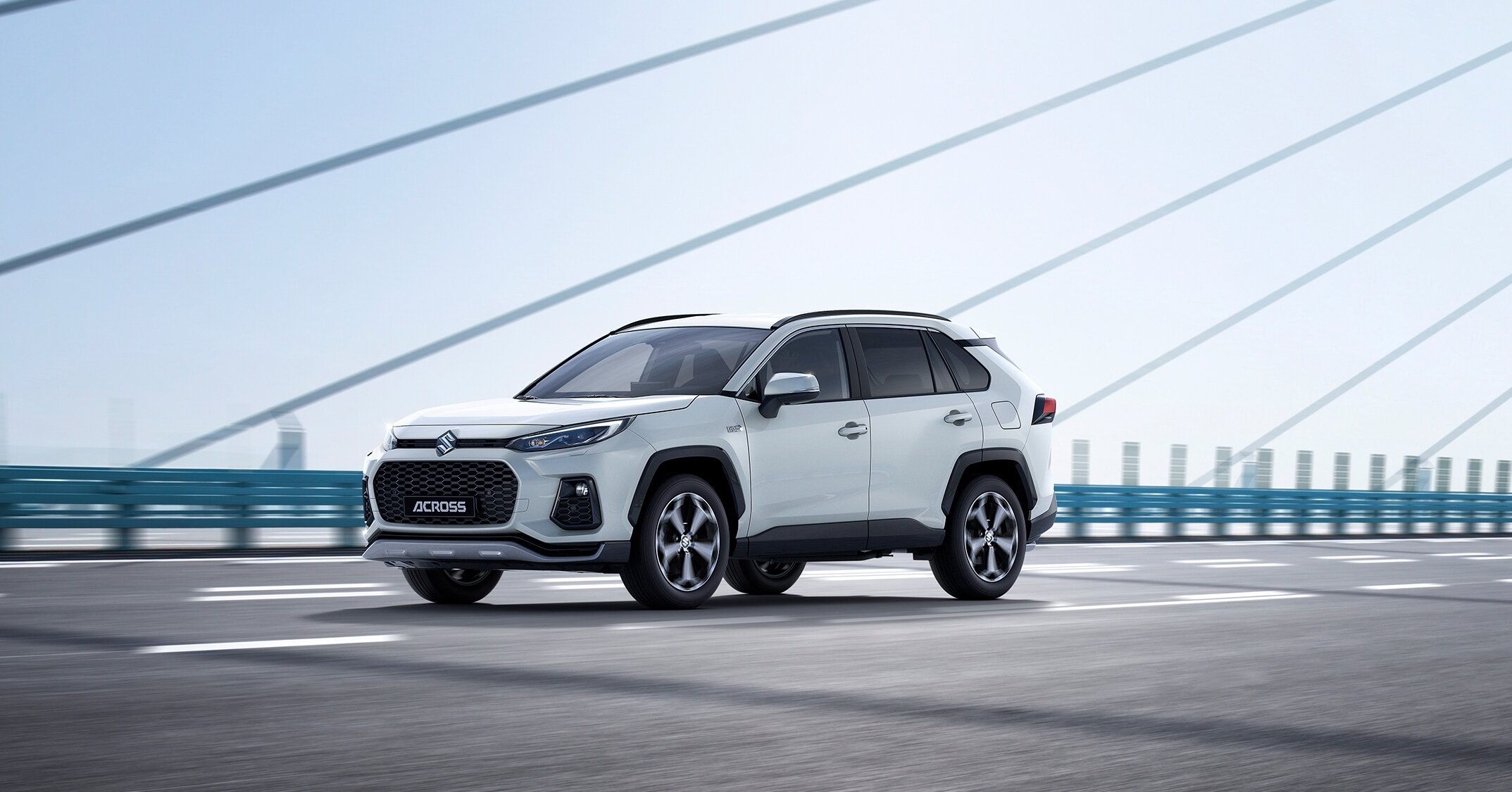

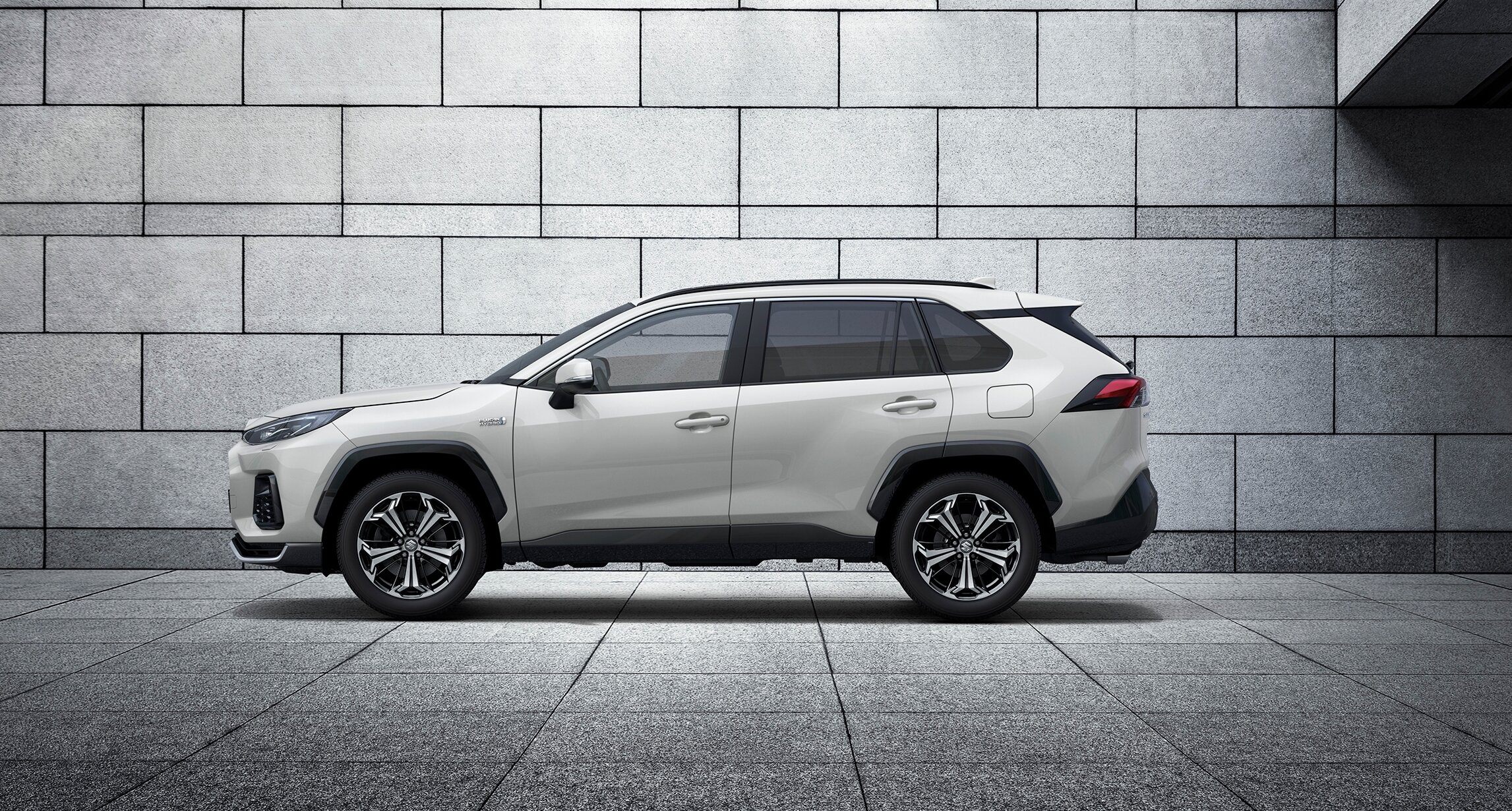
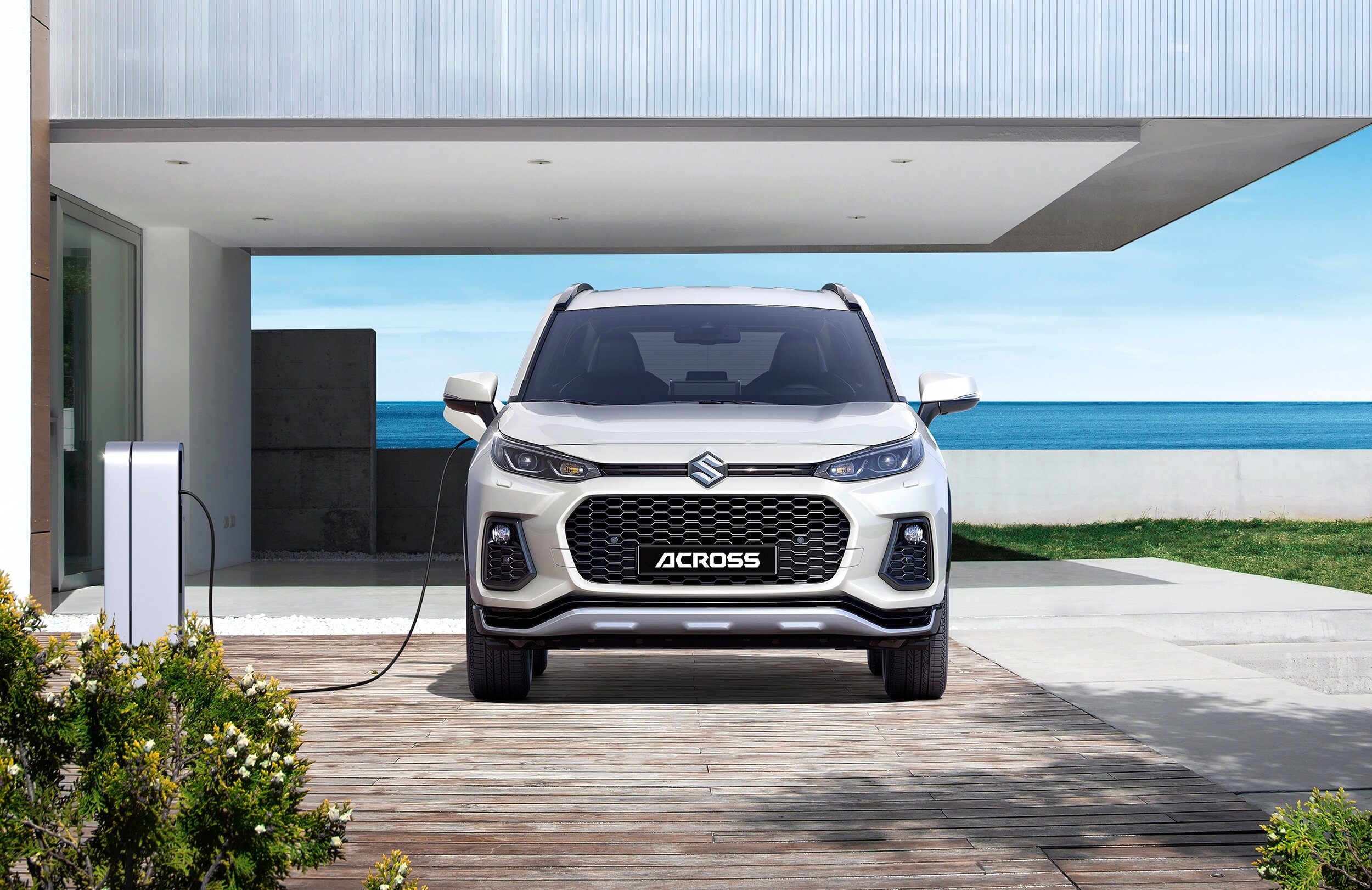
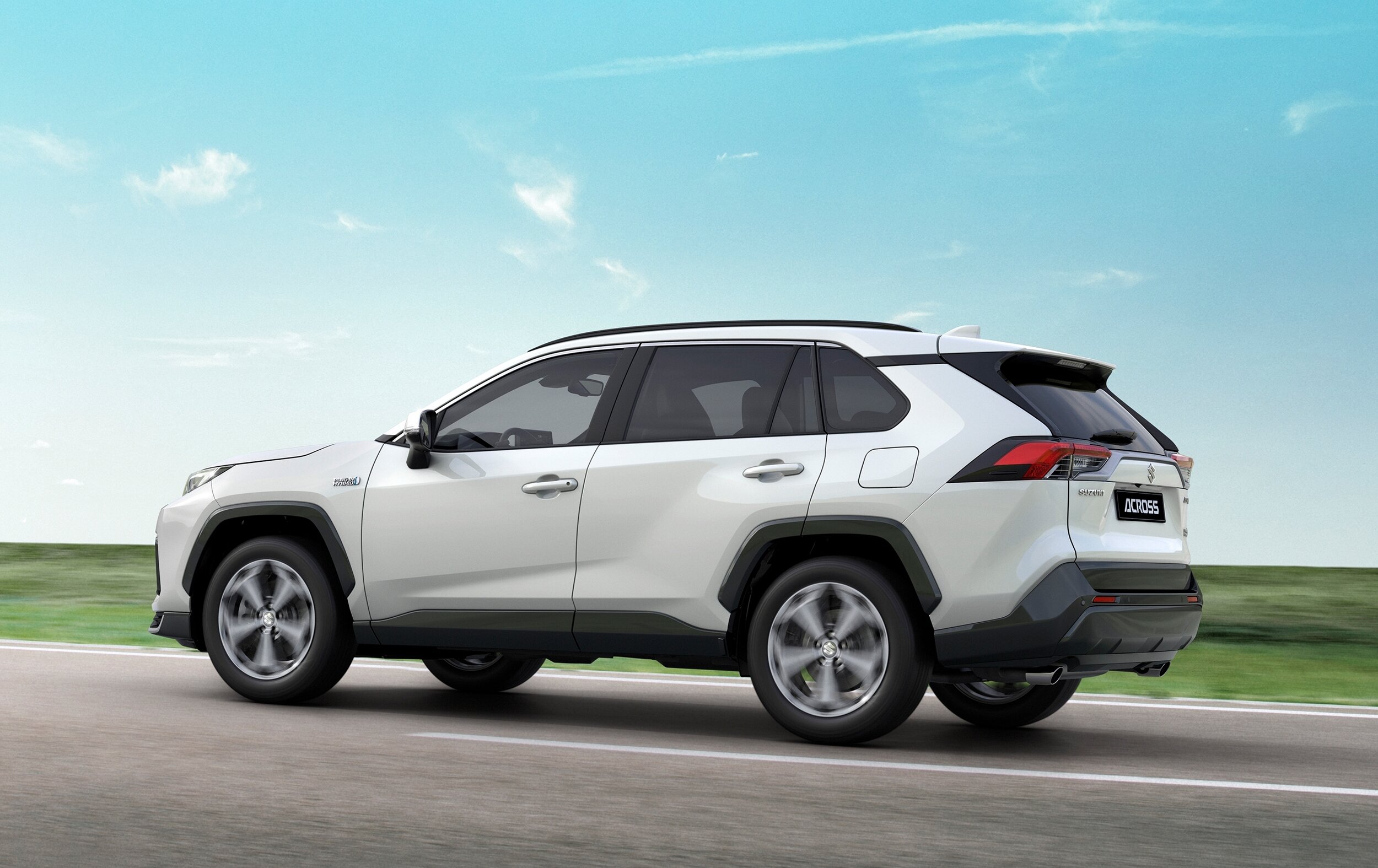
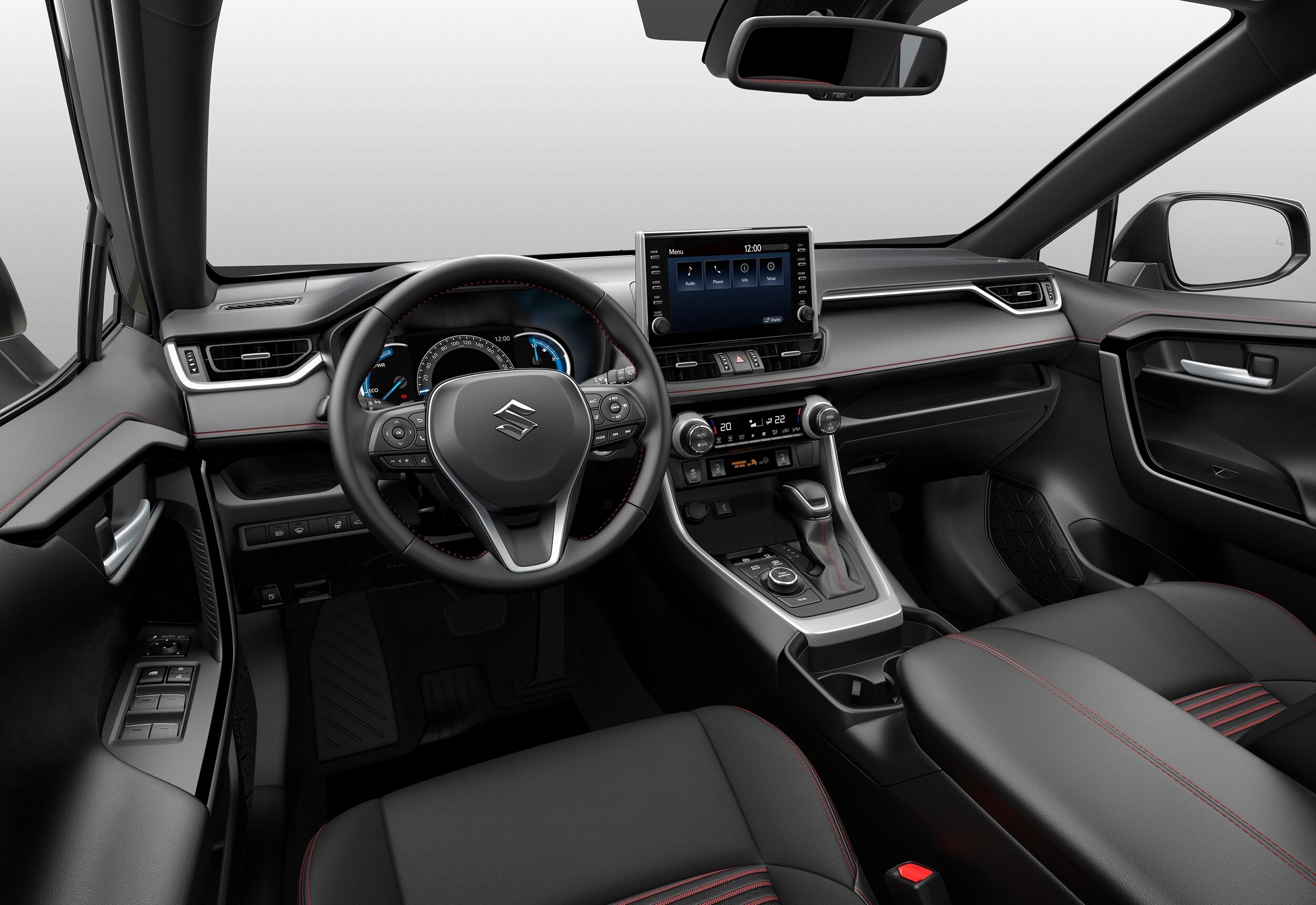
With a 2.5-litre four-cylinder petrol engine, a 18.1kWh lithium-ion battery pack and an electric motor mounted on each axle, the Prime’s drivetrain hits two targets.
First, there’s the optimal 75kms’ all-electric range. That’s significantly superior to that from Toyota’s only PHEV in circulation here at the moment, the Prius Prime, and also trounces that cited for a probable rival, Mitsubishi’s Outlander PHEV.
On top of this, with cited outputs of 134kW and 270Nm, this RAV4 is also said to be far sportier to drive than any current edition offered in our market.
All good portents for TNZ, which has been dropping hints about the potential for the Prime coming into its lineup, probably in 2021.
Suzuki NZ boss Tom Peck is relatively relaxed about there being little likelihood of Across being signed off for this part of the world. And even if that changed, he thinks it would be unlikely the car would become available “at a price the RAV4 sells for.
“Ultimately, Suzuki and Toyota do have a product tie-up that is bigger than the local companies … but there are regional agreements. I don’t think those Toyotas (in addition to RAV4 Prime, there’s a hybrid Corolla wagon) will be offered to NZ (as Suzukis).”
In addition to what’s going in Europe and the United Kingdom, Toyota is using rebadged Suzukis to gain entry to India, where the small car expert is already a well-established kingpin, with Maruti.
Toyota helping Suzuki achieve CO2 averages with the EU emissions regs can go so far, however, and there’s already been a decision that could become beneficial to Suzuki NZ.
UK dealer supply of the Jimny small SUV will cease in the coming months, as the CO2 counts from its 1.5-litre petrol engine are too problematic to address.

Bad news for English fans of the baby off-roader will likely be a good turn for Kiwi enthusiasts as almost certainly the big issue of supply – so constrained that at the moment the waiting list for Kiwis stretches almost nine months – could well be alleviated, Peck believes.
“We have been getting better allocations recently but that’s been more to do with Covid-19 than what’s going on in Europe; we’re fortunate in being among the countries that have been able to take and sell the cars. But we still have more than 350 confirmed orders awaiting delivery.”
The distributor generally receives 40 units per month from the factory – nowhere near enough to satisfy demand. This latest turnup could free up more volume, he hopes.
“If that happens if shouldn’t take us too long to catch up (with the order base).”
Suzuki has also been talking about creating a second production base, also in Japan, to alleviate the current factory which has been operating at maximum capacity since the car’s release, but the coronavirus crisis seems to have sidetracked that development just at the moment, he says.
However, it works out, Peck is utterly confident the car’s inability to sustain in Europe won’t cause Suzuki to rethink having it in their line-up.
“Not at all. There is huge demand for Jimny outside of Europe. It will definitely continue.”

TWO small cars popular with Kiwis seem set to go head-to-head in the hybrid sector.
The baby bash is between market-fresh versions of the Suzuki Swift and Toyota Yaris, the first in updated form and the second as a brand-new car, and effectively pitches the country’s smallest distributor of mainstream Japanese product against the largest.
It’s a stoush between neighbours, too, as Suzuki New Zealand bases in Whanganui, just 73km and a 57-minute drive from Toyota New Zealand’s headquarters in Palmerston North.
Suzuki’s announcement today that it intends to add a petrol-electric version of the Swift, in two levels of trim, is not in itself a shock – the distributor has been trying to achieve this edition since it went into production four years ago.
It knows there is plenty of demand here as hundreds have already been sold here. However, those cars were not represented by the brand; they’re Japanese domestic market fare brought in as used imports. Suzuki NZ’s attempt to convince the factory in Japan to facilitate the model as an export product has always been unsuccessful – until now, of course.
Now that it can be delivered as a brand-new car, Suzuki NZ is wasting no time to achieve maximum potential, by presenting the car as the country’s ‘most affordable’ (meaning cheapest) battery-assisted brand-new choice.
It’s a claim that stands scrutiny yet will cause Toyota marketing execs’ ears to burn nonetheless: They would have confidently expected to reserve the same claim for the Yaris, releasing on August 1.
However, Suzuki has it gazumped.
The Swift places at $26,500 for the base GLX version and $28,500 for the LTD, whereas Toyota intends the Yaris to achieve a $27,990 buy-in in its entry format and $33,490 in a plusher ZR trim.
There are still some face-savings for the market leader.
Toyota will still be able to assert its car is the more frugal, at least in factory testing – which often provisions figures that are challenging to achieve in real life.
Suzuki today said the new Swift derivative will achieve 4.1 litres per 100km, a 15 percent improvement over the conventionally-powered edition. That makes it the most economical Swift model sold here.

Yet it’s still not in the same league as the Yaris, which Toyota asserts has potential for 3.3 litres per 100km optimal – an outcome that presents 0.6L/km and 0.1L/100km improvements over its previous hybrid heroes, the Prius C and the larger Prius hatch. It also presents a 1.6L/100km advantage over the best a pure petrol new-gen Yaris will achieve.
The Toyota also has a performance edge – the Yaris hybrid packs 67kW of power and 120Nm torque against the Swift’s 61kW/107Nm – produces lower emissions, has a slightly more powerful lithium ion battery, have a stronger specification and its hybrids carry a lower premium over the equivalent standard versions.
In general terms, both operate in the same manner, with a parallel (aka mild hybrid) set-up that favours the electric motor for start offs and very low speed driving, but never driving wholly on battery impetus for a sustained duration as a full electric car does.
The Suzuki combines a belt-driven integrated starter generator (ISG) and the 10Ah lithium-ion battery with the ISG acting as both a generator and starter motor. It recharges the battery with electricity generated by deceleration, stops unnecessary power generation during cruising and reduces engine load during fuel-consuming standing starts and acceleration by providing motor assist.
During acceleration the ISG uses stored power to drive the motor and further improves fuel efficiency. The long-life lithium-ion battery stores electrical energy recovered from deceleration and braking while the integrated starter generator operates the idle stop/stop function.
The hybrid’s engine has a high compression ratio (13.0 to 1) that asks for 95RON octane petrol or greater.
Suzuki locates the hybrid battery and its control unit under the front passenger’s seat, for better weight distribution. Besides assisting the engine, the battery powers various electric parts, including engine electronics, the speedometer, air conditioning, audio and Bluetooth and smartphone connectivity.
Specific instrument cluster displays allow drivers to observe the changes between electric assistance and petrol operation. These also show the amount of fuel saved, how much idle stop time has amassed, instant and average fuel consumption.
The Swift Hybrid has a bespoke grille pattern to signal its status. Adaptive cruise control, LED projector and auto levelling headlamps, advanced forward detection system, front fog lamps, reverse camera, speed limiter, hill hold control, brake override system, heated mirrors and tyre pressure monitoring are standard and both model grades run on 16-inch wheels.
Whereas the GLX is equipped with Radar Brake Support, the LTD grade adds lane departure warning and prevention, door mirror blind spot monitor indicator, Dual-Sensor Brake Support, rear parking sensors and rear cross traffic alert.
Suzuki expects half of all Swift Hybrid sales will be to fleet and business customers. It also considers it likely that 24 percent of all new Swift sales are likely to be Hybrid models.
The Hybrids are additional to the full range of Swift variants although the 1.2 GLX petrol model is being phased out.
MotoringNZ reviews new cars and keeps readers up-to-date with the latest developments on the auto industry. All the major brands are represented. The site is owned and edited by New Zealand motoring journalist Richard Bosselman.